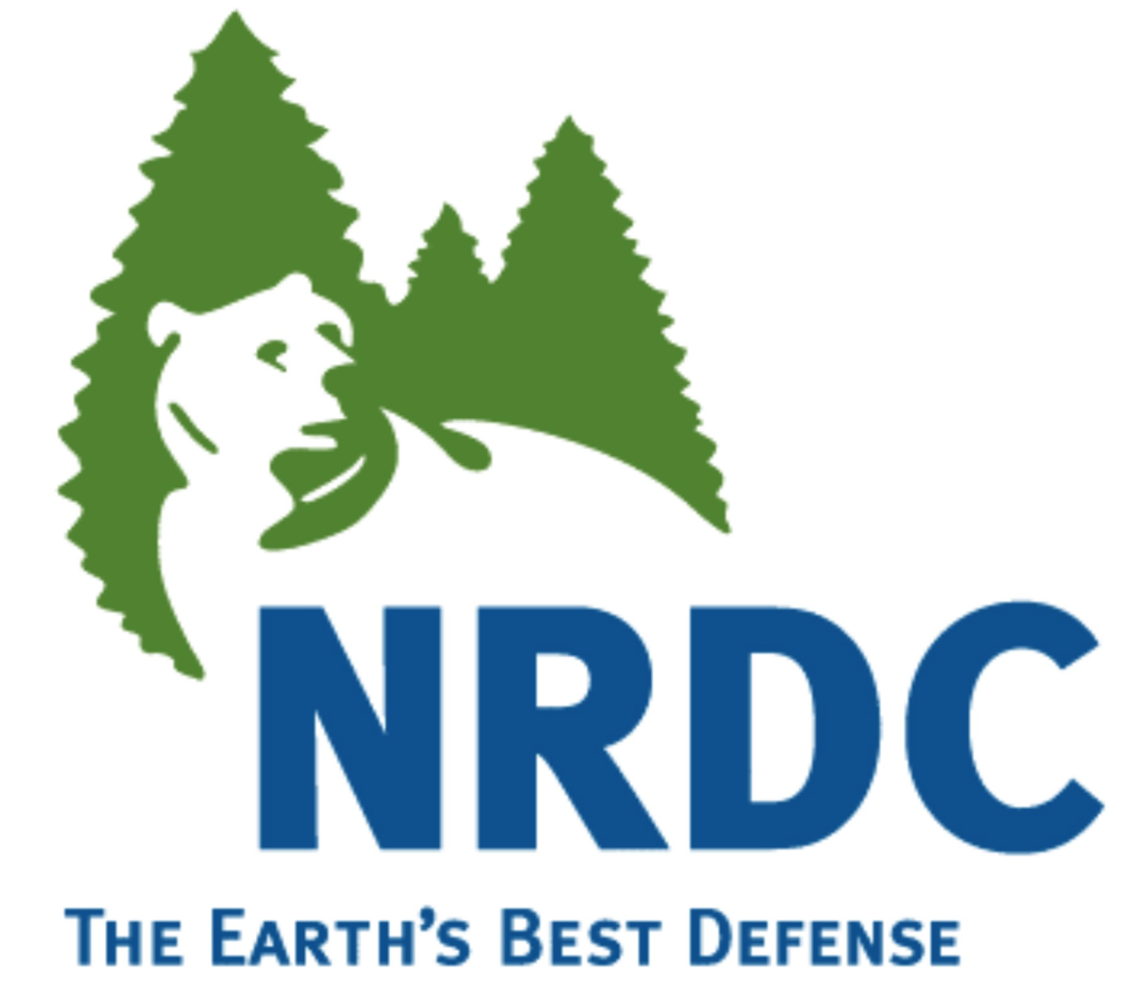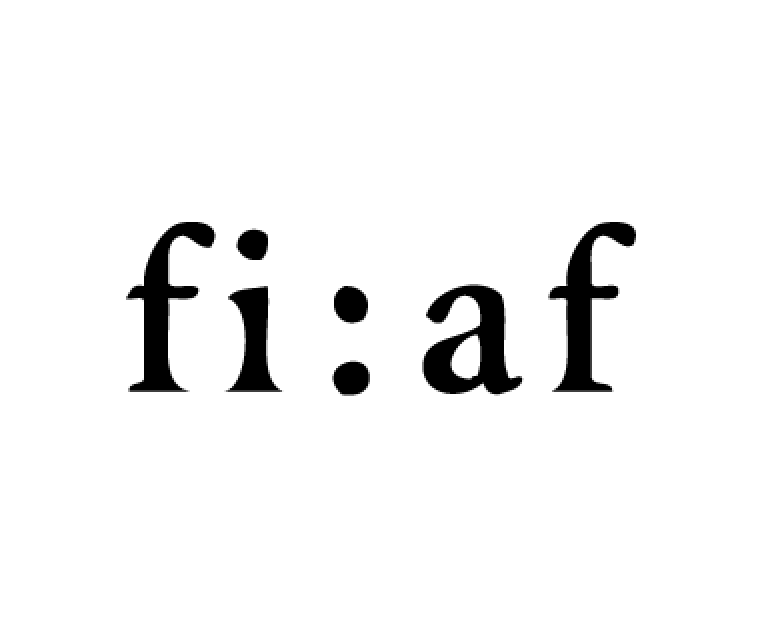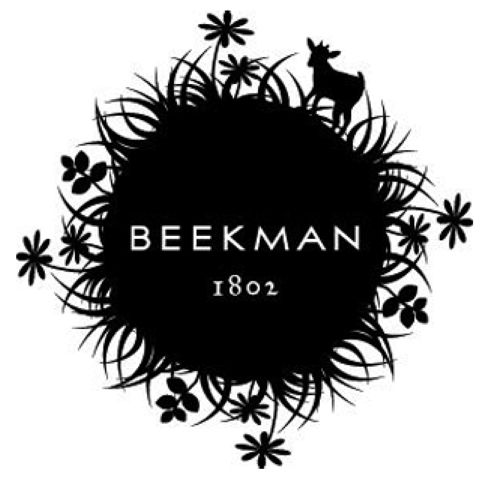Bees
Honey bees were imported from Europe almost 400 years ago. There are nearly 4,000 species of native ground- and twig-nesting bees in the United States. The bumblebee (Bombus spp.) forms small colonies, usually underground. The sweat bee (family Halictidae) nests underground. Various species are solitary while others form loose colonies. Solitary bees include carpenter bees (Xylocopa spp.), which nest in wood; digger, or polyester bees (Colletes spp.), which nest underground; leaf-cutter bees (Megachile spp.), which prefer dead trees or branches for their nest sites; and mason bees (Osmia spp.), which utilize cavities that they find in stems and dead wood.
Butterflies
A diversity of butterflies can be found in garden areas and woodland edges that provide bright flowers, water sources, and specific host plants. Numerous trees, shrubs, and herbaceous plants support butterfly populations, and muddy areas provide them with the moisture and minerals they need. Butterflies even eat rotten fruit and dung.
Moths
Moths, generally less colorful than butterflies, also play a role in pollination. They are attracted to flowers with a strong, sweet odor, that open in late afternoon or night, and are typically white or pale colored.
Beetles
More than 30,000 beetles species are found in the United States and many of them can be found on flower heads.
Flies
Recent research indicates that flies primarily pollinate small flowers that bloom under shade and in seasonally moist habitats. The National Research Council’s Status of Pollinators in North America study states that flies are economically important as pollinators for a range of annual and bulbous ornamental flowers.
Birds
Hummingbirds are the primary birds that play a role in pollination in North America. Their long beaks and tongues draw nectar from tubular flowers.
“The bee collects from flowers in such a way as to do the least damage or destruction to them, and she leaves them whole, undamaged and fresh, just as she found them. ”









